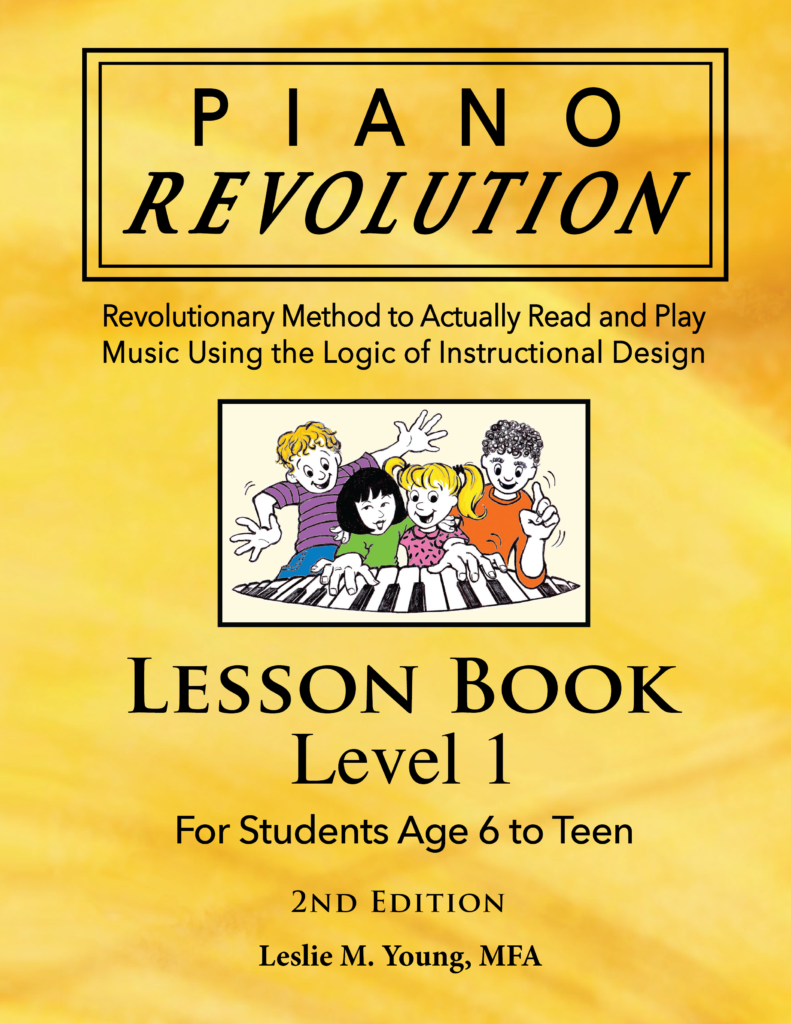How to Absolutely Have “No Faking Piano Lessons”
How to have “no faking piano lessons” – sounds intriguing, doesn’t it? The topic of this blog is about not faking – anything. The writing of it was inspired by an article I read last year. You’re going to think I’m making this up – but, unfortunately, it’s for real.
I really don’t like to rain on anyone’s parade, but stupid is stupid. There’s an artist in a European country who recently sold an artwork which consists of absolutely nothing. The price he had set was at four figures, but because of bidding wars during the auction, it actually sold for five figures! I’m being vague on purpose; a person can Google practically anything today and get the entire account. But a fact is a fact. According to this published article, the artwork is nothing but thin air. Yes, really. But there is some good news: Because it is nothing, there are no special lighting or climate requirements – or insurance, too, I suppose!
Since this writing is of my own opinion, I’ll go on to say that the arts are most likely the heaviest under assault of this “nothingness” value; the value of the worthless. Of course, the argument may go that what is valuable for me may be different for someone else. Fair enough; but nothing is nothing, no matter how you look at it.
We live in a world and time of extraordinary things: beautiful and sublime creations of man that uplift; health-promoting and marvelous inventions which were inconceivable to generations past. In my view, to celebrate “nothing” with celebrity and a high price-tag throws a tomato at creations of true genius and makes a mockery of those who actually create. A very rotten tomato. It reflects a low level of value held by those who are myopic in what they esteem to be worthy of attention and support. By contrast, there are very worthy non-profits which truly assist many people, even in the sustaining of life, which deserve our supporting efforts and resources.
That’s what this piece is about: un-faked genuineness – “keeping it real” – even “no faking piano lessons”. How could a piano lesson be faked? They can be faked by the student and faked by the method taught, as well.
How Would a Student Fake Learning during a Piano Lesson?
So many students shortchange themselves by not learning to actually read music. Instead, they learn to compensate for note reading by using the position of notes in relation to one another. Some students are great “tape recorders” – meaning if they can get the teacher to play first, then it is really easy for them to copy and repeat. Some students rely heavily on finger numbers and hand positioning in order to play, but without true note-reading ability. This can work well in a few beginner songs, but it can be quite a handicap very quickly and lead to frustration because the student really cannot read written music.
How Would a Piano Instruction Method Support a Fake Piano Lesson?
First off, students start by being shown a hand position. Traditionally, students start in “Middle C Position” which means that both thumbs are on middle C. Each finger is given a number, which is written above each written note. Students immediately learn this association and skip the learning of letter names. Why bother learning something else when this can be correctly played with finger numbers? Note reading is not stressed.
What Would “No Faking Piano Lessons” Look Like?
With the Piano Revolution books, students start on Center F in just the right hand. Center F is the bottom space on the treble clef. There are no hand positions, but the student orients on this F key because it’s under the piano brand name and easy to locate using the closest group of three black keys.
Students start playing Center F and then just the space notes in the treble clef. They must name each note as its key is played. This saves the name-key relationship into long-term memory and makes a huge difference in actual note-reading. It’s also a reason this is an easy way to learn piano because this thinking process is introduced right at the start. The approach prevents students from developing the crutch of playing by finger numbers or only by how notes move on the staff (repeat, step, or skip). Right from the start, students must say the letter of each note and its key played . . . and truly has “no faking piano lessons!”
Students then learn the line notes in relation to the space notes, but they continue to play with just the right hand. Line notes and keys are neighbors to the space notes and keys. Learning the four spaces first makes learning the five lines much easier. A line note or key is the neighbor note or key next to the space’s key.
Using just the four space notes and their keys to name and locate the line notes and keys creates learning relationships. For example: “I already know the “A” space and key, so “B” follows as the neighbor line and key.”
You can find details on this staff-key relationship in this blog and this.
After thoroughly learning the notes in the treble clef, students progress to learning the bass clef (in the same manner as in the treble clef) with the left hand, but they also continue to review the right hand. Toward the end of Lesson Book 1, both hands are played together, which is so much easier and logical at this point since the two separate languages of treble and bass have already been learned!
Note values, rests, and timing are introduced in Level Two. Students also increase sight-reading skills and playing skills through more advanced performance opportunities of progressive difficulty. Student build confidence by methodically increasing one skill at a time.
Piano Revolution is an easy way to learn piano because students . . .
- Orient on the staff using treble space F to identify spaces first (later use spaces to identify lines)
- Orient on the piano using the treble space F key by locating the center three black key group
- Use the space notes/keys to find the line notes/keys
- Spend more time actually learning notes
- Must name the note as its key is played
- Learn the right and left hand clefs separately, THEN play together
- Build confidence by methodically increasing one skill at a time
- Learn early to play by touch
This method includes theory lessons in correlation with each piano lesson, and that’s one reason it’s an easy way to learn piano. The order in which the theory is introduced provides a strong foundation for note reading and further piano skills. Piano Revolution takes the guesswork out of teaching piano and learning piano – even for those who have never touched a musical instrument. It provides the step-by-step guidance needed to help aspiring musicians develop skills in note reading, rhythm, sight reading, technique and music theory. It truly makes for “no faking piano lessons”!
~ ~ ~ ~ ~ ~ ~ ~
Leslie Young is the author/composer of Piano Revolution. She co-founded a K-12th grade charter school in Texas and has been a piano teacher for about 40 years. She has had experience teaching a variety of students tackling piano for the first time or as returning students.
She states: “In teaching piano to students of varying ages, what also varies is a commitment of time and the amount of dedication. Children of certain ages may do very well with a parent as teacher; others may need someone who is not family to instruct them. Some older children and adults prefer to make progress on their own, and Piano Revolution is designed to act as a meticulous guide through new material. Some adults and teens insist on professional teachers, which also encourages continuity. Because these books are self-explanatory, a new or experienced professional teacher will have no trouble using the Piano Revolution books with students. It’s an easy way to learn piano.”
Leslie believes that “learning to play the piano is more about diligence and perseverance” – but would add that just as critical to success is the method that is used, the encouragement of critical thinking, and the instructional principles that promote immediate success.
What Would the First Lesson for a Young Student Look Like?
What Would the First Lesson for a 6 to Teen Look Like (video)?
View sample pages of all the books for students
ages 6 to teen:
View sample pages of all the books for students
4 to 5 years old:
View sample pages of all the books for older
teens and adults:











